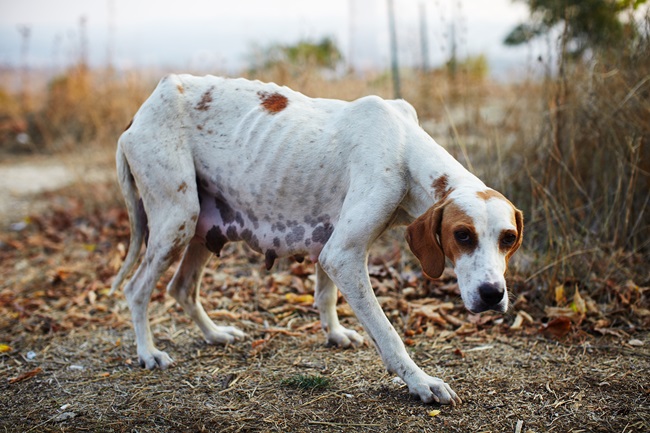Apr 15, 2025
Apr 15, 2025
When Will We Repay the Debt to Our Furry Guardians?
Gaze into the soulful eyes of a stray dog, its ribs stark against matted fur, and ask yourself: are we, the stewards of this planet, living up to our responsibilities? These creatures, whose unwavering loyalty has woven itself into the tapestry of human history, now navigate a desolate landscape of neglect and hunger. In a world where technology scales mountains and bridges oceans, why does the simple act of feeding a starving animal remain a monumental hurdle?

India, with its teeming millions, bears the brunt of this moral crisis. Millions of stray dogs, their barks echoing a symphony of suffering, scavenge for scraps in overflowing landfills, dodge speeding vehicles, and sleep under the indifferent gaze of neon lights. Theirs is a daily battle for survival, a brutal testament to our collective apathy.
But can we, in good conscience, blame it solely on human nature? Have the technocrats, the architects of our digital age, truly exhausted their arsenal of ingenuity?
Consider Colombia, where innovative "dog ATMs" dispense kibble upon microchip scans, ensuring hygienic and regulated feeding. Brazil boasts canine kitchens utilizing discarded food, transforming waste into sustenance. Closer to home, Kerala's "Annaprasadam" initiative provides temple leftovers to strays, a testament to the enduring spirit of compassion.
These are not mirages of possibility; they are blueprints for action. But why do such solutions remain scattered beacons in an ocean of indifference? Is it a lack of political will, a dearth of funding, or simply the echo of an outdated mindset that views stray animals as a nuisance, not sentient beings deserving of basic care?
The answer, perhaps, lies in a collective amnesia. We forget the joy a stray dog brings with its clumsy affection, the comfort it offers on lonely walks, the silent vigil it keeps outside our doors. We forget the countless lives saved by sniffer dogs, the therapeutic bond they forge with children, the ecological roles they play.
So, we ask again: have we lost our humanity? Or is it merely slumbering, waiting to be awakened by the piercing gaze of a hungry eye?
The solutions are within reach. Community-driven feeding programs, partnerships with veterinarians for spaying and neutering, advocating for animal-friendly policies, and supporting existing shelters – these are not feats of science fiction, but steps we can take today.
But the change must go deeper. We must cultivate empathy, not just for the adorable puppies, but for the scrawny strays, the injured, the forgotten. We must see them not as problems, but as fellow creatures deserving of a dignified existence.
The time for excuses is over. The next time you encounter a hungry stray, ask yourself: will I be the one to turn a blind eye, or will I be the hand that extends a bowl of hope? This is not just about feeding animals; it's about feeding our own humanity.
Questions to ponder:
Let us remember, the eyes of a hungry animal are not just pleading for food; they reflect our own moral compass. When we turn away, we risk dimming that compass forever. Let us answer their silent plea, and we illuminate the path towards a truly humane world.
Image (c) istock.com
21-Jan-2024
More by : P. Mohan Chandran

|
The poignance of this piece is born of your kindness towards stray canines, Mohan. those who know this, will agree with your thoughts. The others will find the blog insightful. I hope more is done for strays. |